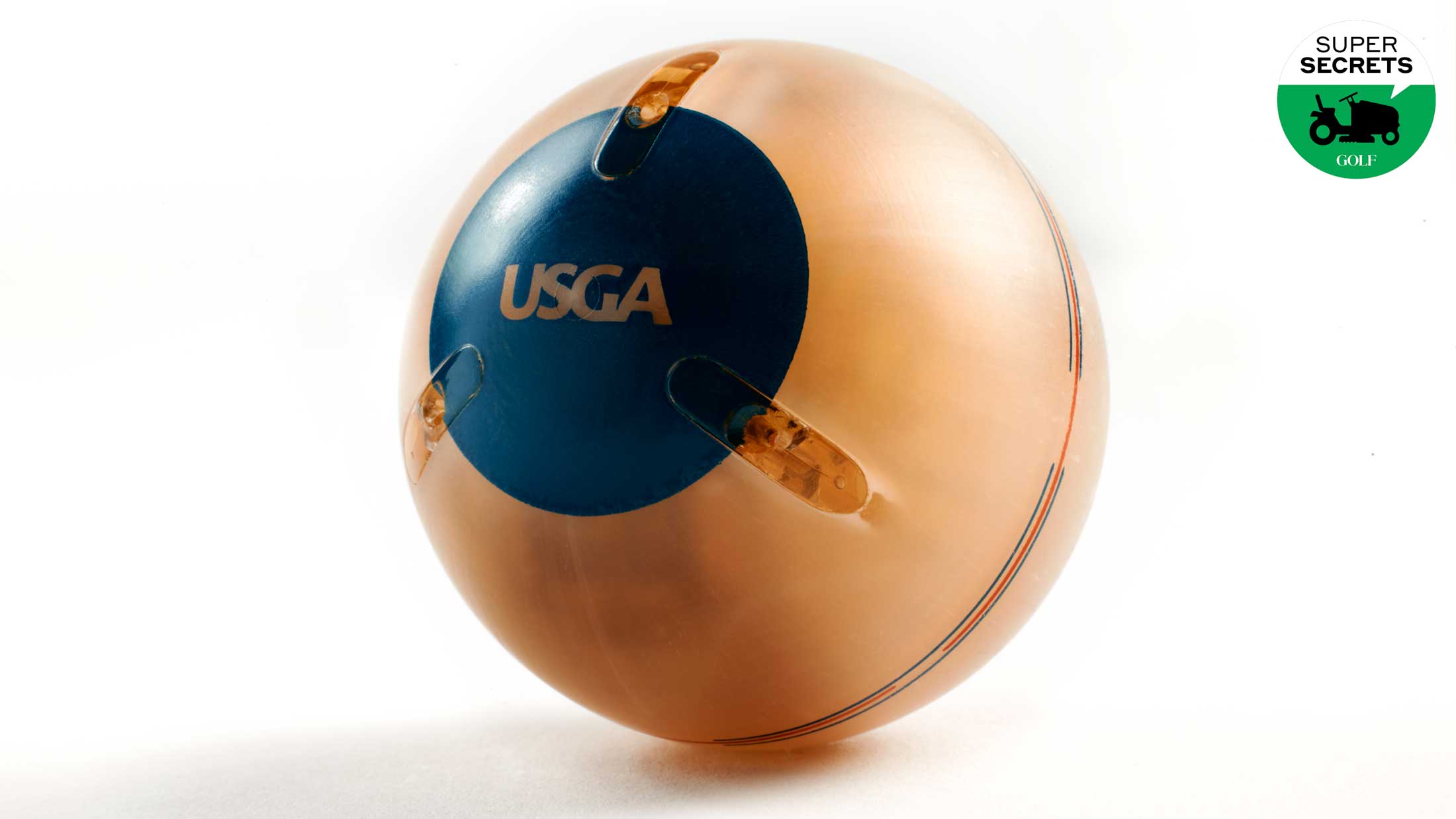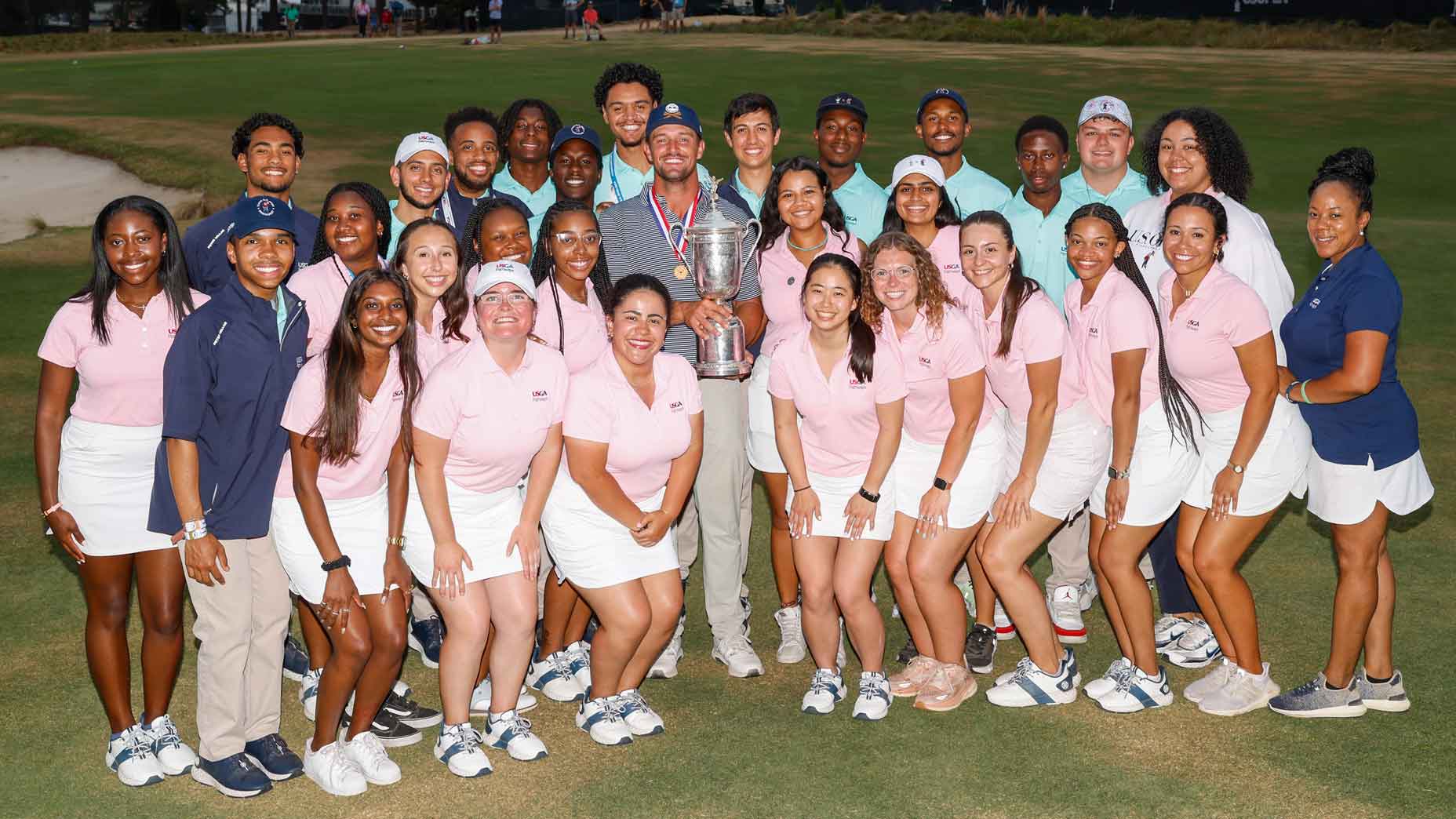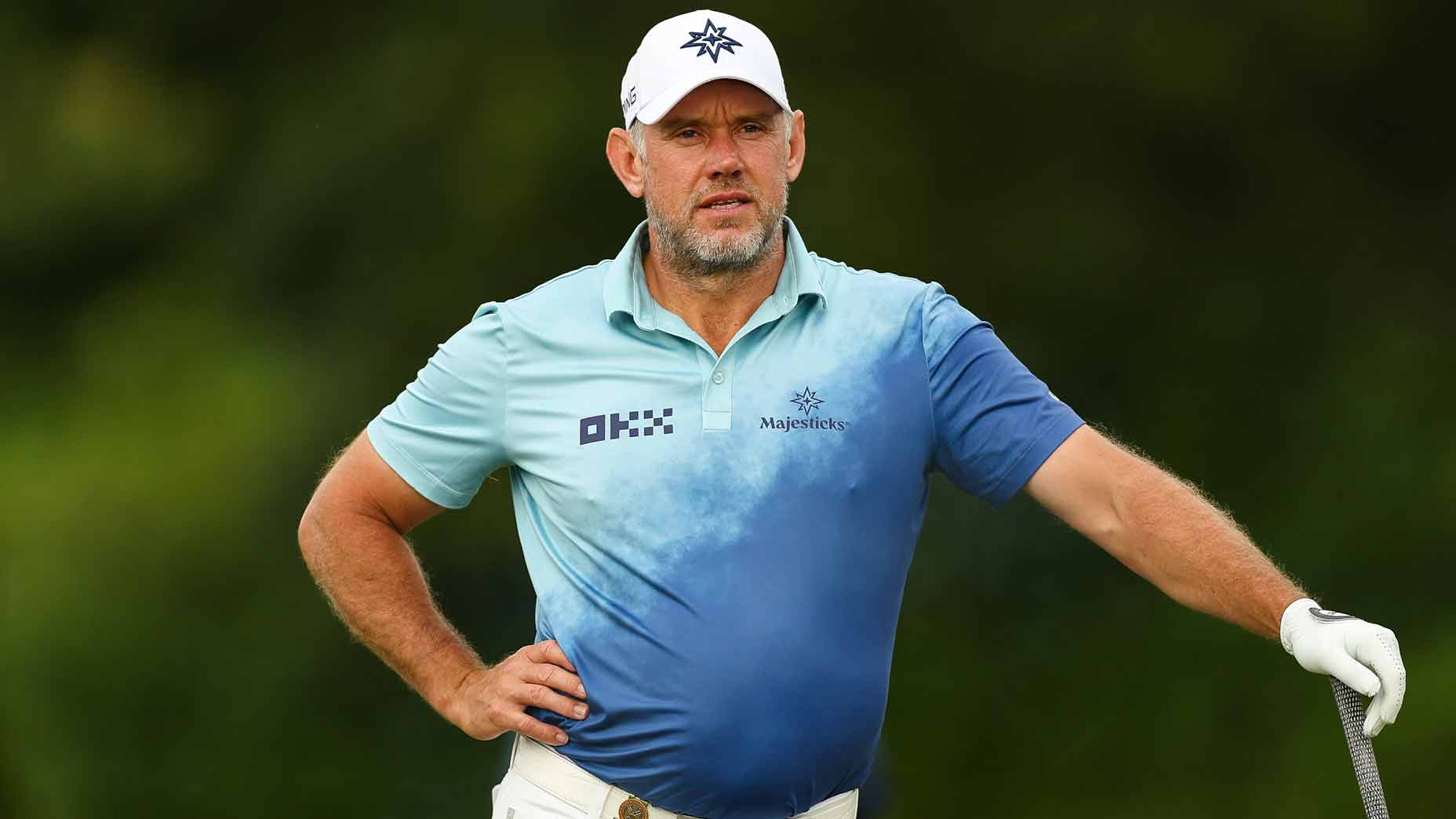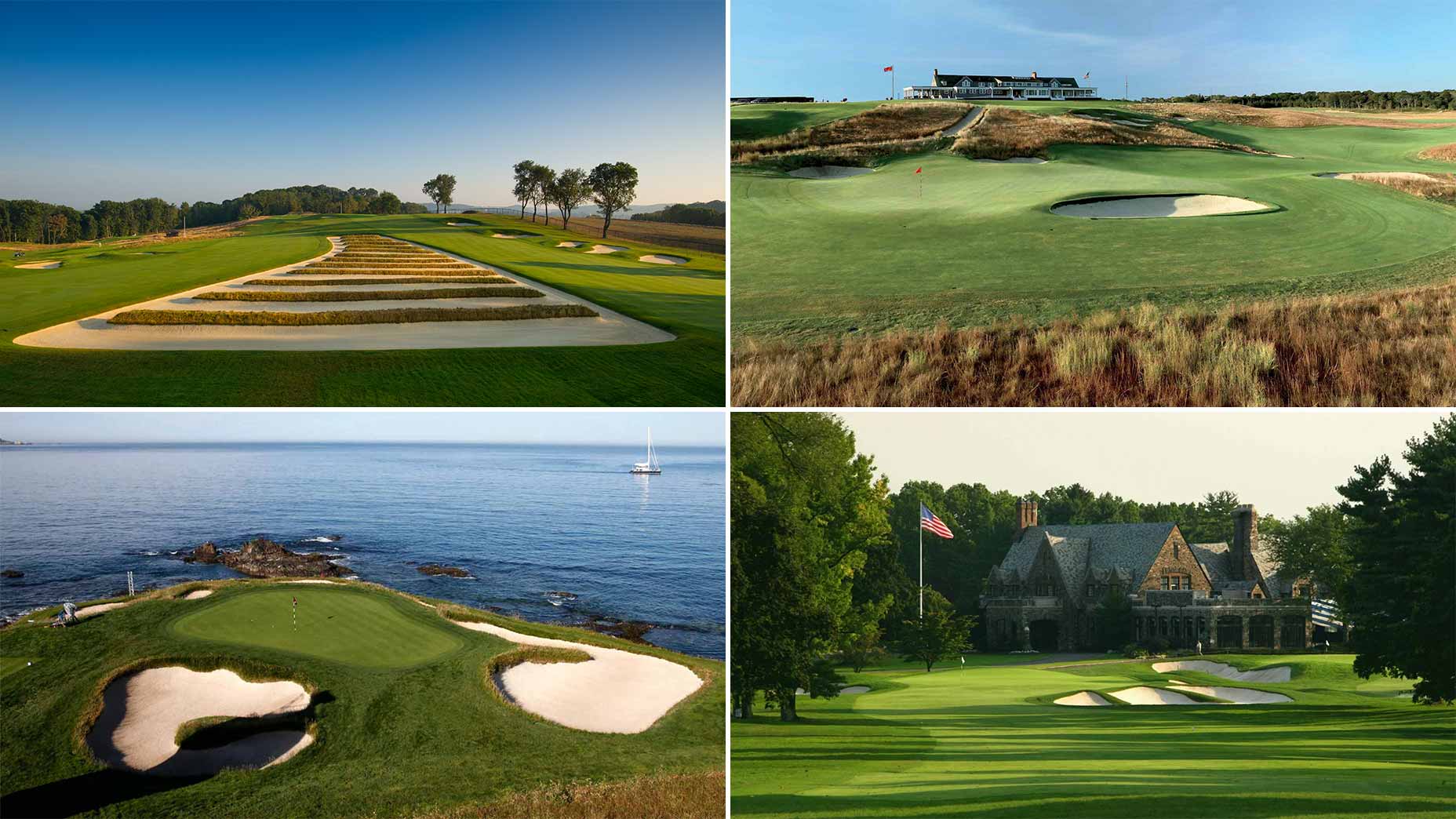How the USGA is helping golf courses save almost $2 billion annually
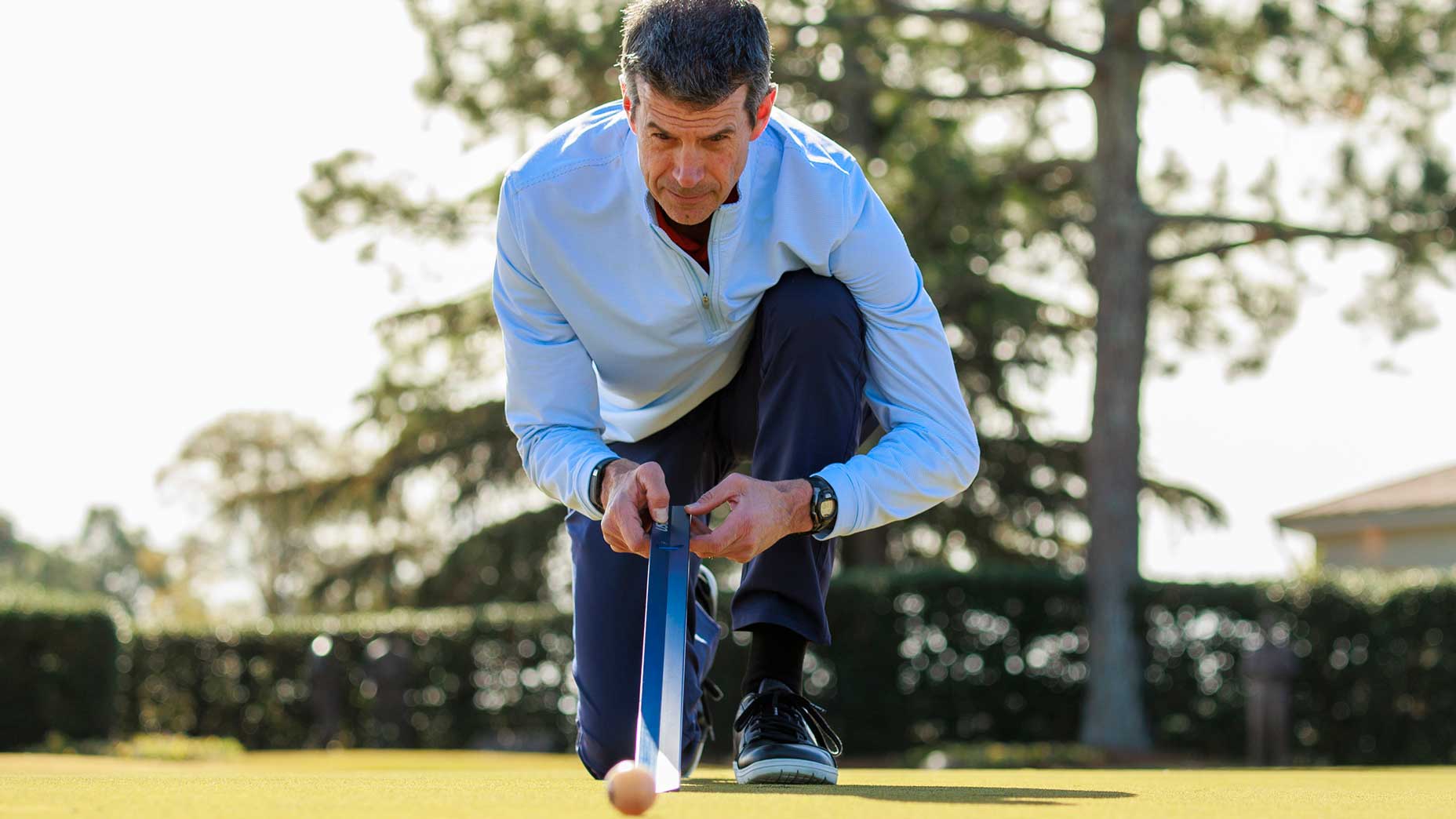
The USGA Green Sections' Chris Hartwiger with a stimpmeter and GS3 ball.
USGA/Chris Keane
This content was first published in Golf Journal, a quarterly print publication exclusively for USGA Members. To be among the first to receive Golf Journal and to learn how you can ensure a strong future for the game, become a USGA Member today.
For as much attention as the professional side of the game gets, it might surprise you to learn that by far the biggest part of the golf economy involves maintaining and improving the nearly 14,000 courses in this country and over 30,000 courses worldwide.
Then again, it might not be a surprise, given how much each of us treasures the courses we play. The USGA is committed to ensuring the future health of golf facilities through the Green Section, which was founded in 1920 as a collaboration with the U.S. Department of Agriculture. As past USGA president Richard Tufts wrote in 1952, “better turf at lower cost has always been our objective.”
But you ain’t seen nothing yet. The USGA is accelerating its support for research, committing more than $2 million annually through the Mike Davis Program for Advancing Golf Course Management. Research from the Davis Program helps courses reduce costs for water, nutrients, pesticides and energy, totaling nearly $2 billion in annual savings to the golf course maintenance industry. Talk about return on investment!
Launched in 1952, our Course Consulting Service continues to provide one-on-one, unbiased advice to about 600 courses annually, and that number is growing. The Green Section is also a hub of innovation, allowing us to broaden our reach. Our education team publishes the Green Section Record biweekly to provide industry professionals and golfers with the latest on research-based course care. We’ve dramatically extended our influence and impact by adding a social media presence that’s among the most widely followed and influential in golf course maintenance.
Last but certainly not least, this year we’re bringing the amazing and innovative GS3 ball (“The Smartest Ball in Golf”) to superintendents as a way for them to measure the firmness, smoothness and speed of the putting surface, which impacts your playing experience more than any other part of the course. Built on the USGA’s Deacon app, GS3 and other tools in the pipeline are providing the USGA with a new and more direct way of supporting golf’s most valuable assets — our courses.
I’ve had a lot of great opportunities to contribute to the game as I approach my 24th year with the USGA, but by far the most rewarding has been as a part of the Green Section team. It’s an awesome responsibility to be a part of a legacy of agronomic expertise more than 100 years old that has had such tremendous impact. We are motivated to build on that impact and advance the game’s golf courses well into our next century.
Matt Pringle is managing director of the USGA Green Section.

